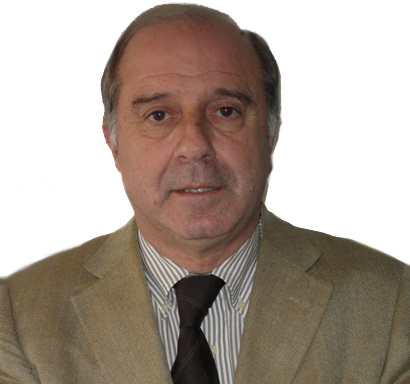Academic Degree
Doctorate
Doctorate
Category
Collaborator
Collaborator
Host Institution
NOVA FCSH
NOVA FCSH
Research Group
Thematic Lines
Biography
PhD student, Master and Graduate in Historic Musicology. Doctorate, Master and Graduate in Art History. PhD in Computer Networks (London University), Engineer (IST), Advanced MBA (Harvard University).

